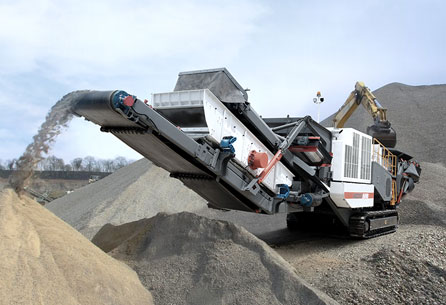Gold is processed from its ore through several stages, which vary depending on the type of ore (e.g., free-milling, refractory, or placer deposits). Here’s a general overview of the key steps:
1. Mining and Crushing
– Mining: Gold ore is extracted from the earth via open-pit or underground mining.
– Crushing & Grinding: The ore is crushed into smaller pieces (using jaw crushers) and then ground into a fine powder in a ball mill or SAG mill to liberate gold particles.
 2. Concentration (Pre-treatment)
2. Concentration (Pre-treatment)
Depending on the ore type, different methods are used to concentrate gold before extraction:
– Gravity Separation: Used for coarse gold particles (e.g., placer deposits) via shaking tables, spirals, or centrifugal concentrators.
– Froth Flotation: For sulfide ores, chemicals are  ed to make gold-bearing minerals float and separate from waste rock.
ed to make gold-bearing minerals float and separate from waste rock.
3. Gold Extraction
The main methods for extracting gold from concentrated ore are:
# A. Cyanidation (Most Common for Free-Milling Ores)
– The powdered ore is mixed with a dilute sodium cyanide (NaCN) solution (0.01–0.05%).
– Gold dissolves into a soluble complex:
\[
4Au + 8NaCN + O₂ + 2H₂O → 4Na[Au(CN)₂] + 4NaOH
\]
– The gold-rich solution is separated from solids using thickeners and filters.
# B. Carbon-in-Pulp (CIP) / Carbon-in-Leach (CIL)
– Activated carbon adsorbs dissolved gold from cyanide solution.
– Loaded carbon is later stripped with hot caustic solution to recover gold.
# C. Heap Leaching (For Low-Grade Ores)
– Ore is piled on an impermeable pad and irrigated with cyanide solution.
– Gold dissolves and collects at the bottom for further processing.
# D. Refractory Ore Processing
– If gold is locked in sulfide minerals (e.g., pyrite), it requires additional steps:
– Roasting: Heating ore to oxidize sulfides.
– Pressure Oxidation (POX): Using heat, oxygen, and acid to break down sulfides.
– Bio-oxidation: Bacteria help oxidize sulfide minerals.





Leave a Reply